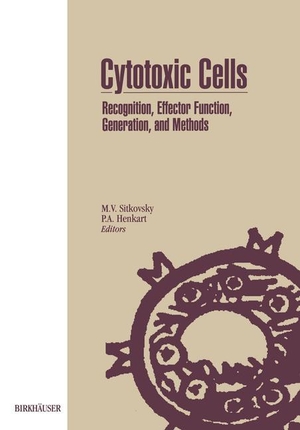Für statistische Zwecke und um bestmögliche Funktionalität zu bieten, speichert diese Website Cookies auf Ihrem Gerät. Das Speichern von Cookies kann in den Browser-Einstellungen deaktiviert werden. Wenn Sie die Website weiter nutzen, stimmen Sie der Verwendung von Cookies zu.
Cookie akzeptieren
- Birkhäuser Boston
- 2012
- Taschenbuch
- 544 Seiten
- ISBN 9781468468168
Our motivation for putting together this book was the need for a single source reference that could be used as an introduction to cell-mediated cytotoxicity for newcomers to this field, such as students and fellows beginning work in our laboratories. At present no such book is available, and we felt that it would be useful as a teaching tool and as a way of conveying our enthusiasm about recent progress in the cytotoxicity field to our colleagues in allied areas. It was with some hesitation that we approached our colleagues with the proposal for this book, and we were pleased to find them very supportive of
Mehr
Weniger
zzgl. Versand
in Kürze